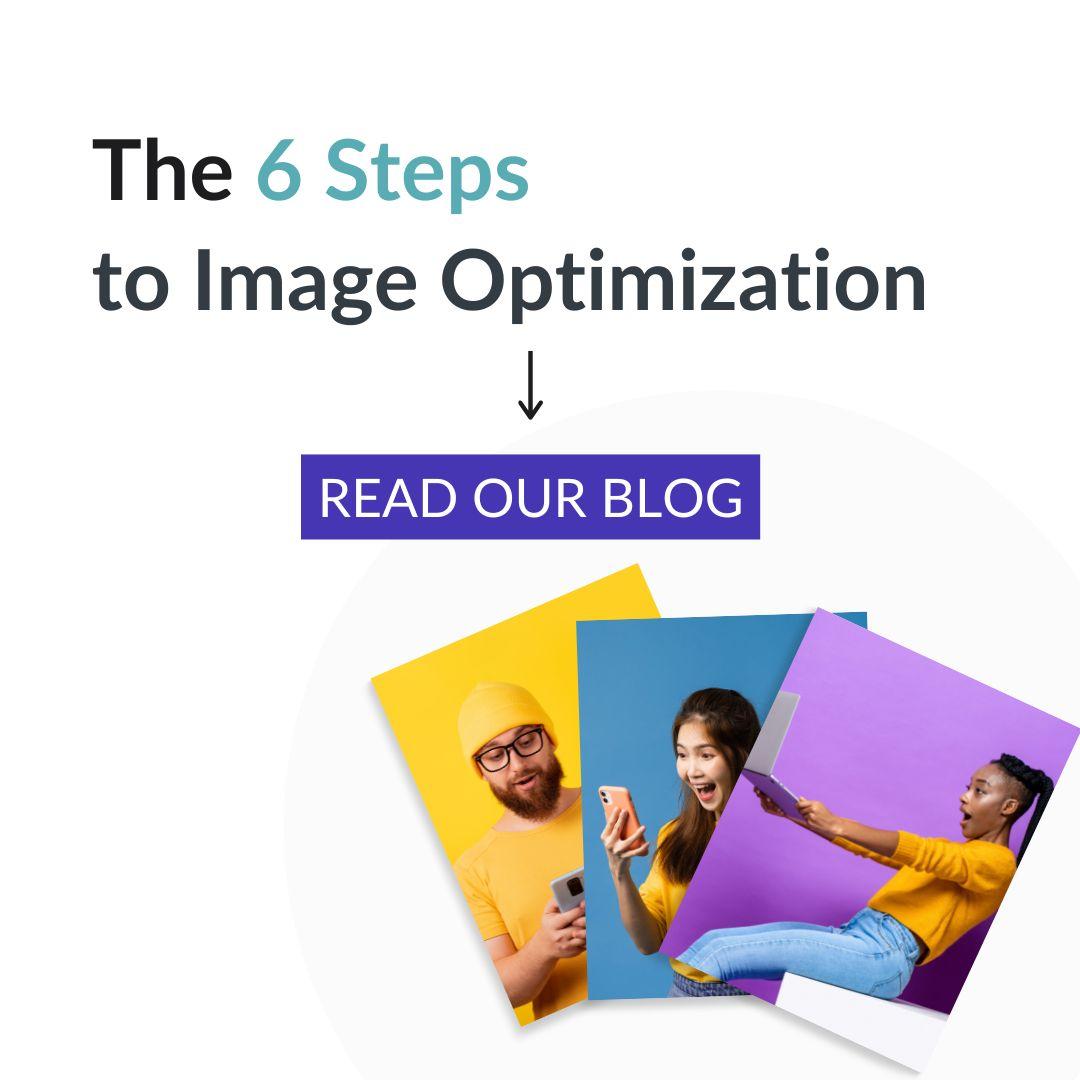What is AVIF?
AVIF is an image format that uses the same compression algorithms found in video codecs. Wikipedia defines AVIF like this: AV1 Image File Format (AVIF) (pronounced [əˈ vif]) is an image file format specification for storing images or image sequences compressed with AV1 in the HEIF file format
AV1 is the royalty-free video coding format that the industry has high hopes for in the future. HEIF is also based on a video codec. However, the industry fears there might be some patent issues.
You might recognize HEIF and HEIC from iOS 11 and macOS High Sierra. This is when Apple decided to support HEIF and HEIC formats for internal storage of media. Given Apple’s history, one might expect Apple will continue down the path of HEIC/HEIF, instead of AV1.

Struggling to get your SEO just right? Start with your image optimization, and start with our blog!
Let an Image CDN Decide
While it is great to have multiple next-generation image format options, it complicates planning and coding. When, which format, and how to select the image format is increasingly complex. Developers need to evaluate the tradeoff between optimizing for quality, image payload size (and page load speed), and code complexity. And each new format makes that tradeoff analysis more difficult to navigate.
The optimal and easiest solution is to use an image CDN. An image CDN is purpose-built to navigate the jungle of image formats and safely deliver high quality, high performance images. Image CDNs like ImageEngine will automatically integrate new formats like AVIF when browsers support them and they yield superior performance. They also provide support for JPEG2000, WEBP, and even GIF-to-MP4 conversion. The result is smaller image payload, faster page loading, and no perceptible change in quality.
On average WEBP is better than JPEG, and AVIF is better than WEBP. This is true until you encounter the corner cases. This might be OK for most of us, but for eCommerce and other industries where you manage thousands of images that are crucial to business results, it might be too soon to start converting all images to AVIF. You can, of course, choose to maintain all formats, JPEG, WEBP and AVIF, but like Jake Archibald from Google says: “Unless it’s automated, offering up 3 versions of the same image is a bit of a pain, but the savings here are pretty significant, so it seems worth it, especially given the number of users that can already benefit from AVIF.”
An image CDN like ImageEngine with AVIF support is the safest bet when you want to relieve yourself of the pain of managing multiple image formats and, at the same time, be certain that your users get the best visual quality at the lowest file size.